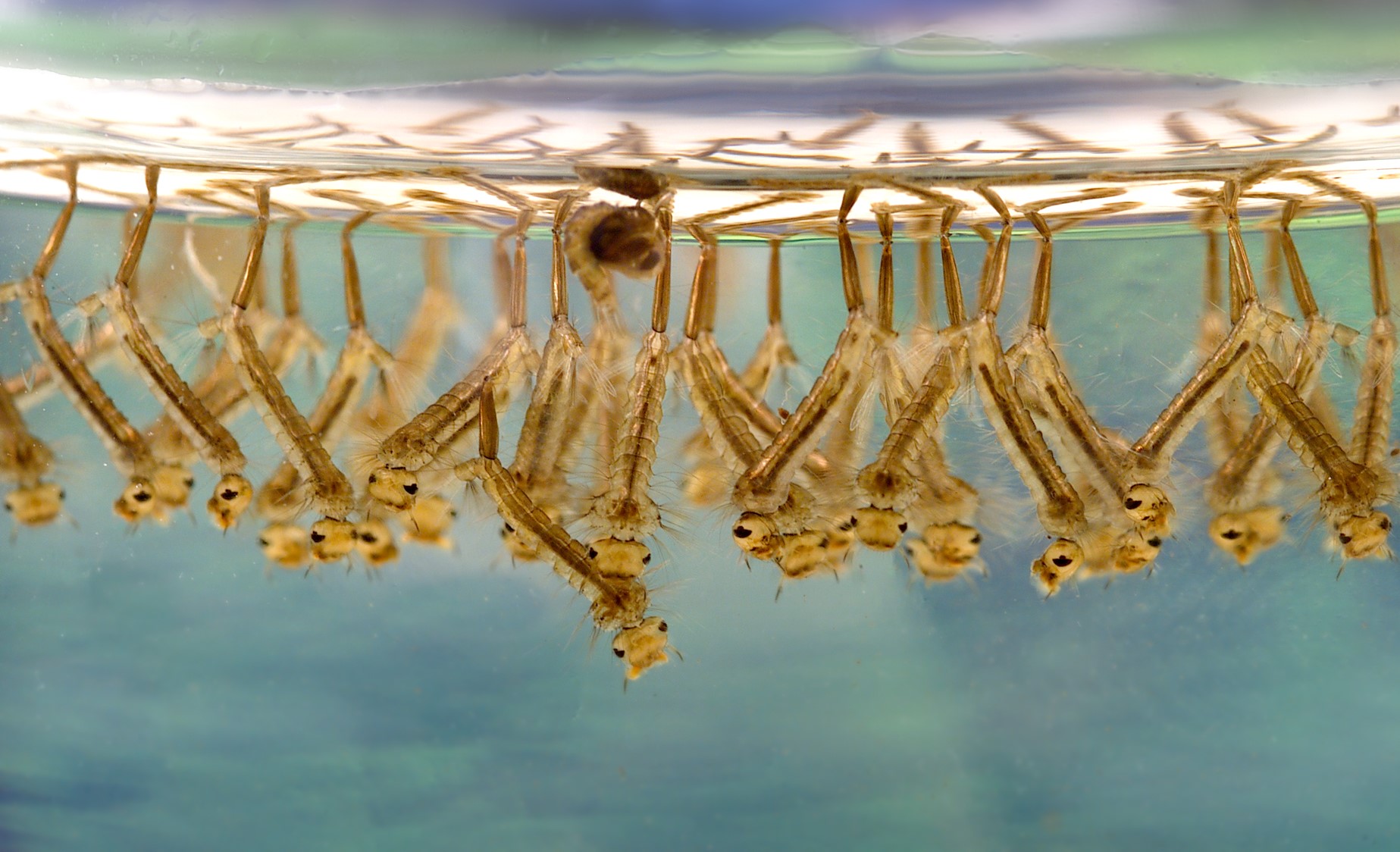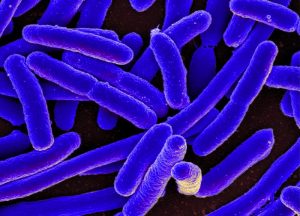Parrish SC, Dormio SM, Richards SL, McCoy KA and McCoy MW (2019). Life in a Contaminant Milieu: Pharmaceuticals and Personal Care Product Mixtures Generate Unpredictable Outcomes across Trophic Levels and Life Stages. Ecosphere 10(12):e02970.
Abstract
Nearly all aquatic ecosystems are affected by sublethal levels of anthropogenic chemical contamination, but other agents of large-scale anthropogenic disruption of ecosystems have received more attention. Consequently, ecologists do not fully appreciate how sublethal contaminant exposure affects ecosystems. Sublethal contaminants can affect ecological systems directly via their impacts on an organism’s fitness or indirectly by changing the strengths of species interactions. This study investigated how an emerging class of contaminants—pharmaceuticals and personal care products (PPCPs)—influences food webs by affecting the biology of organisms and by interfering with predator–prey interactions. Specifically, we investigated how three common PPCPs—caffeine, DEET (N, N-diethyl-meta-toluamide), and triclosan—affect the strength of the interaction between a common mosquito predator (i.e., mosquito fish) and mosquito larvae as well as how these PPCPS affect mosquito survival, life history traits, and oviposition site choices. We found that all three PPCPs, individually and combined as a mixture, reduced predator consumption rates. Relative to a contaminant-free control, the presence of predator cues reduced mosquito oviposition and larval abundance for all PPCP treatments except for DEET. Predator cues reduced mosquito adult emergence across PPCP treatments; however, mosquitoes that were exposed to caffeine did not emerge as adults even in the absence
of predator cues. This study shows that the effects of PPCPs are diverse and can interact with mosquitoes and their predators in ways that cannot be predicted by their individual effects. In a contaminated world, ecologists need to better understand how sublethal concentrations of ubiquitous, biologically active pollutants might challenge what we think we know about how ecological systems function.
Photo source: CDC/James Gathany




